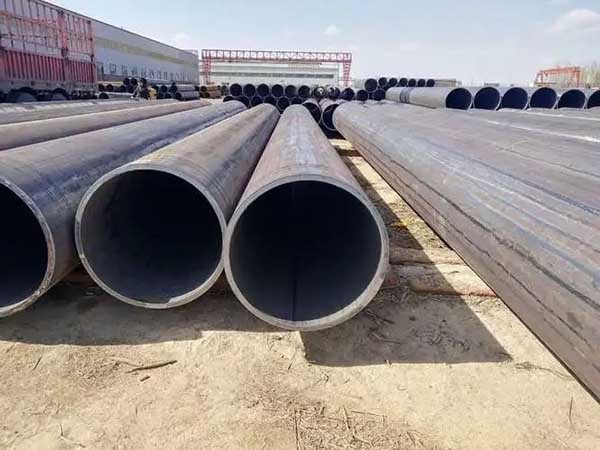The Unsung Hero of Plumbing: Understanding the Pipe Cap
Jul 18,2025
The Unsung Hero of Plumbing: Understanding the Pipe Cap
When it comes to plumbing and construction, most folks are familiar with the big components like pipes and fittings. But, what about the humble pipe cap? Often overlooked, this little piece of hardware plays a pivotal role in maintaining the integrity of piping systems. So, let’s dig into what a pipe cap is, its various uses, and why it’s not just another piece of the puzzle.
What Exactly is a Pipe Cap?
In the simplest terms, a pipe cap is a fitting that covers the end of a pipe. You can think of it as a sealing device—like a lid on a jar. It keeps materials from escaping and prevents debris from entering the system. Pipe caps come in various sizes and materials, including PVC, stainless steel, and carbon steel, making them versatile for different applications.
Why Use a Pipe Cap?
Alright, let’s break it down. There are several reasons why using a pipe cap is a smart move:
- Sealing: It forms a tight seal, preventing leaks and maintaining pressure within the piping system.
- Protection: Think of it as armor. It keeps dirt and debris out, safeguarding the interior of the pipe.
- Cost-Effective: Pipe caps are relatively inexpensive, making them a budget-friendly option for any project.
Common Applications of Pipe Caps
From residential plumbing to industrial applications, pipe caps are everywhere. Here’s where you’ll typically find them:
- Water Systems: Used to cap off unused lines or ends of pipes in plumbing systems.
- HVAC Systems: Essential for sealing off ducts to improve efficiency and prevent air leaks.
- Oil & Gas Industries: Helps in maintaining pressure and preventing spills in pipelines.
Choosing the Right Pipe Cap
Now that you’re sold on the idea of using a pipe cap, how do you choose the right one? Here are some tips:
- Material Matters: Depending on your application, choose a cap made from the right material. PVC for home plumbing, stainless steel for industrial use, etc.
- Size is Key: Measure your pipes accurately. A cap that’s too large or small won’t do the job.
- Consult with Experts: Don’t hesitate to ask professionals for recommendations or specifications.
Installation Tips
Installing a pipe cap isn’t rocket science, but a few pointers can make the job easier:
- Clean the Pipe: Always clean the pipe end before installation to ensure a good seal.
- Use Proper Tools: Make sure you have the right tools for a secure fit—nothing worse than a loose cap!
- Check for Leaks: After installation, run a test to make sure everything is sealed tight.
Final Thoughts
In conclusion, while it might not be the star of the show, the pipe cap is a crucial element in plumbing and construction. It seals, protects, and saves costs, making it a vital component in various systems. So, next time you see a pipe cap, don’t just pass by—give it a nod of appreciation for all the hard work it does behind the scenes!
Now that you’re equipped with the knowledge about pipe caps, you’re ready to tackle any project that comes your way. Happy plumbing!
PREVIOUS:
Contact Us
E-mail :
service@jhpipefitting.com
Phone/WhatsApp:
+86-15303377849
Address:
West of Hope New District South Section Road, Mengcun Hui Autonomous County, Cangzhou City, China

Add:West of Hope New District South Section Road, Mengcun Hui Autonomous County, Cangzhou City, China
Tel:+86-15303377849
Quote Now
Solutions for Your Industry, Ready for Your Choice







